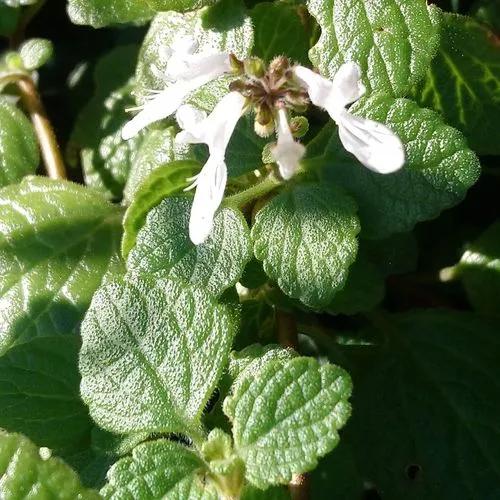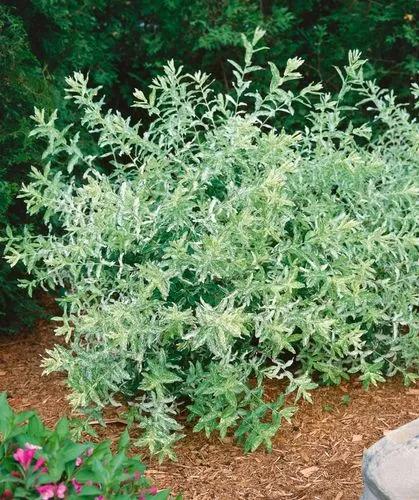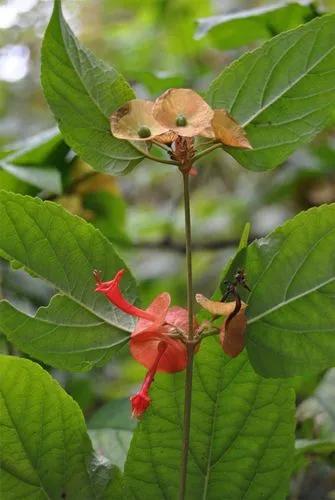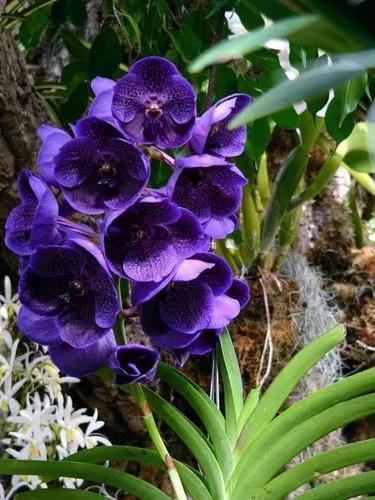It is found throughout the Mediterranean basin. It forms a symbiotic relationship with the bacterium Sinorhizobium medicae, which is capable of nitrogen fixation. It is considered by some to be a subspecies of Medicago intertexta.
Ciliate Medick Care
Medicago ciliaris



Alfalfa is an optional entomophilous cross-hairy plant. The structure of its flower prevents self and wind pollination. The corolla, like other legumes, has five petals: two lower ones fused in the lower part to form a boat, two side ones - oars and the upper one - a sail. Inside the closed boat there is a flower column, consisting of nine staminate filaments fused at the bases, forming a groove with non-fused upper edges, in which the pistil is located. The gap between the edges of the groove is covered by the tenth free stamen.Alfalfa has been known as a forage plant since antiquity. Alfalfa leaves and fruits contain mineral elements (potassium, calcium, fluoride, etc.), various carbohydrates, proteins, fatty acids, essential oils, pectins, saponins, triterpinoids, plant steroids, enzymes, chlorophyll, alkaloids, hormone-like substances, carotene
Discover more plants with the list below
Popular articles






